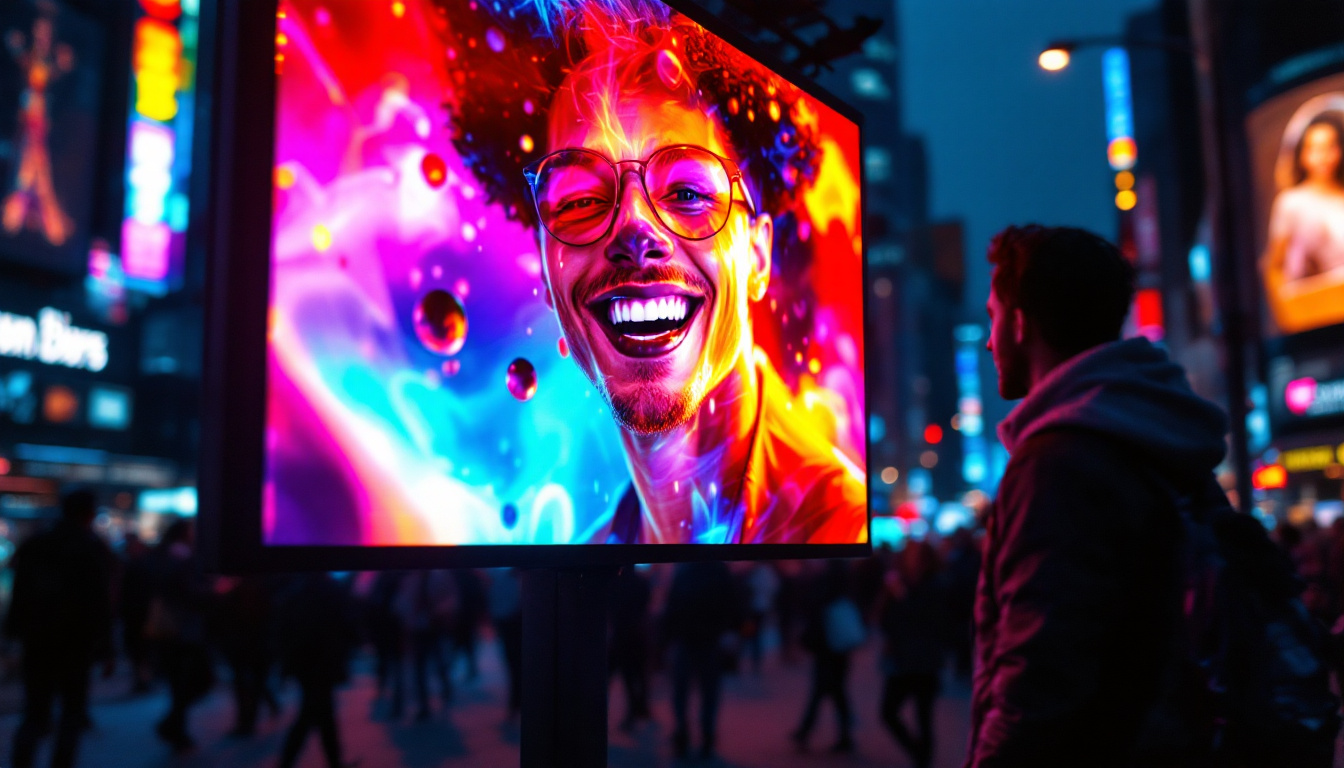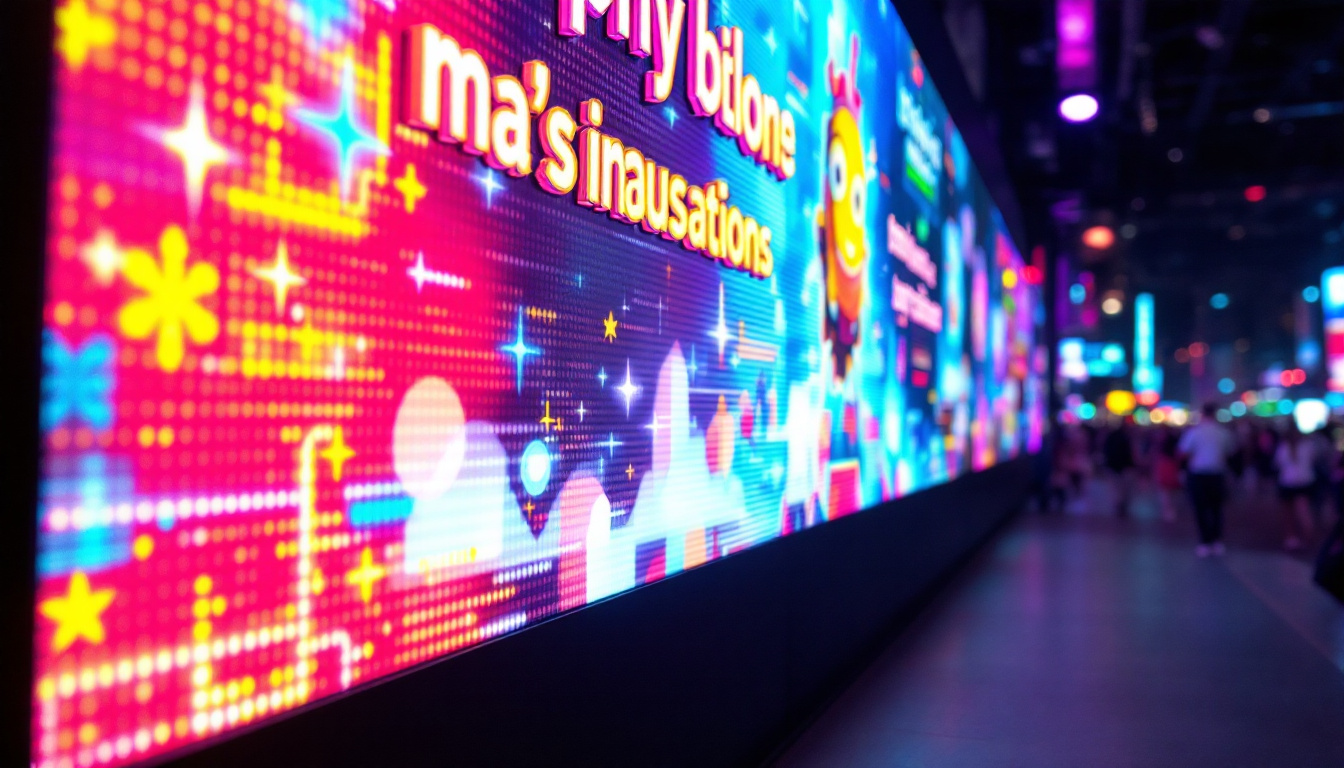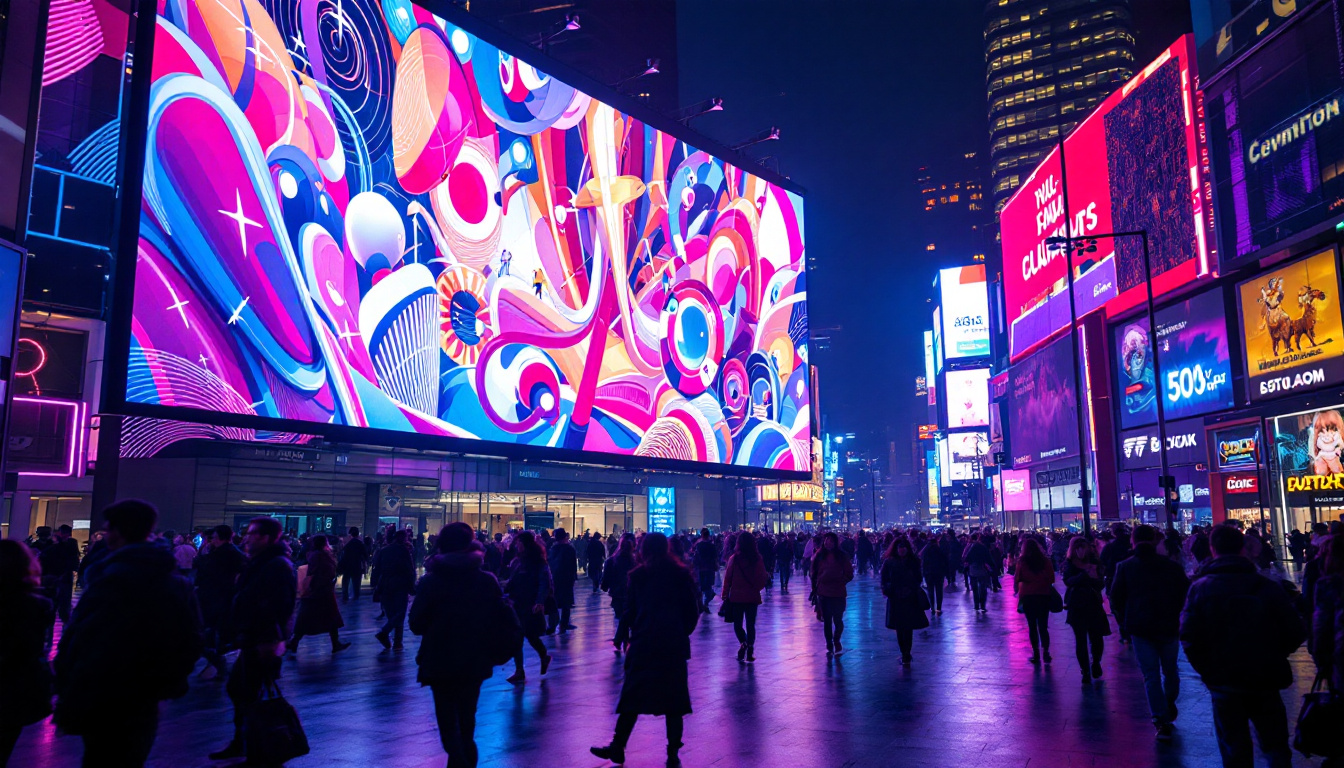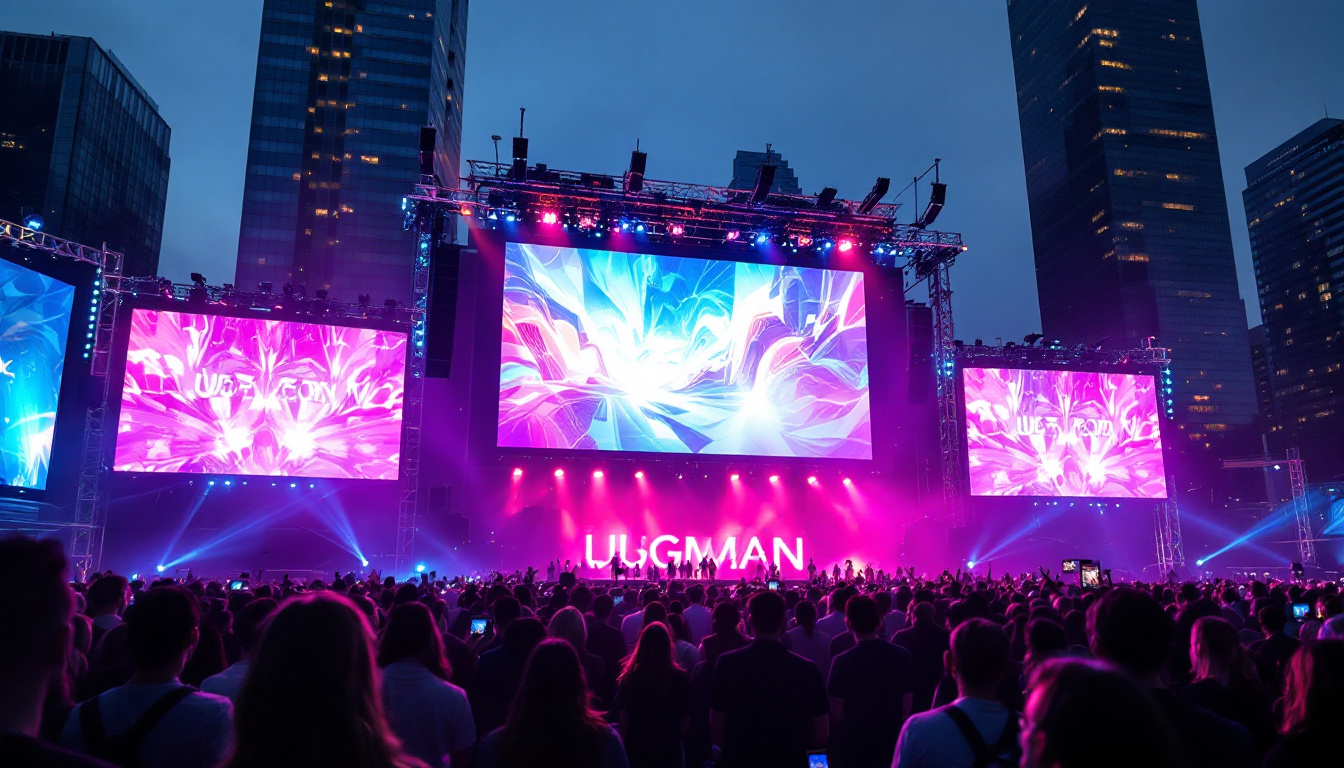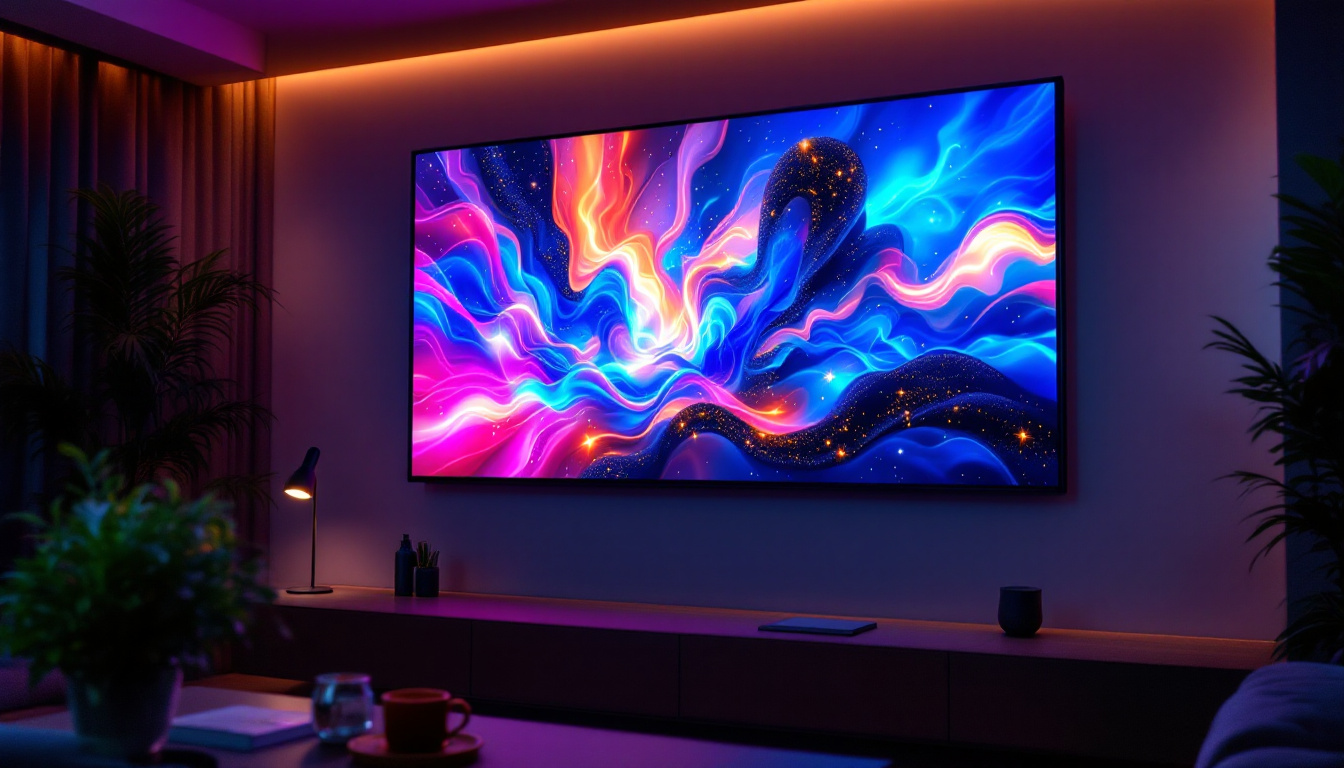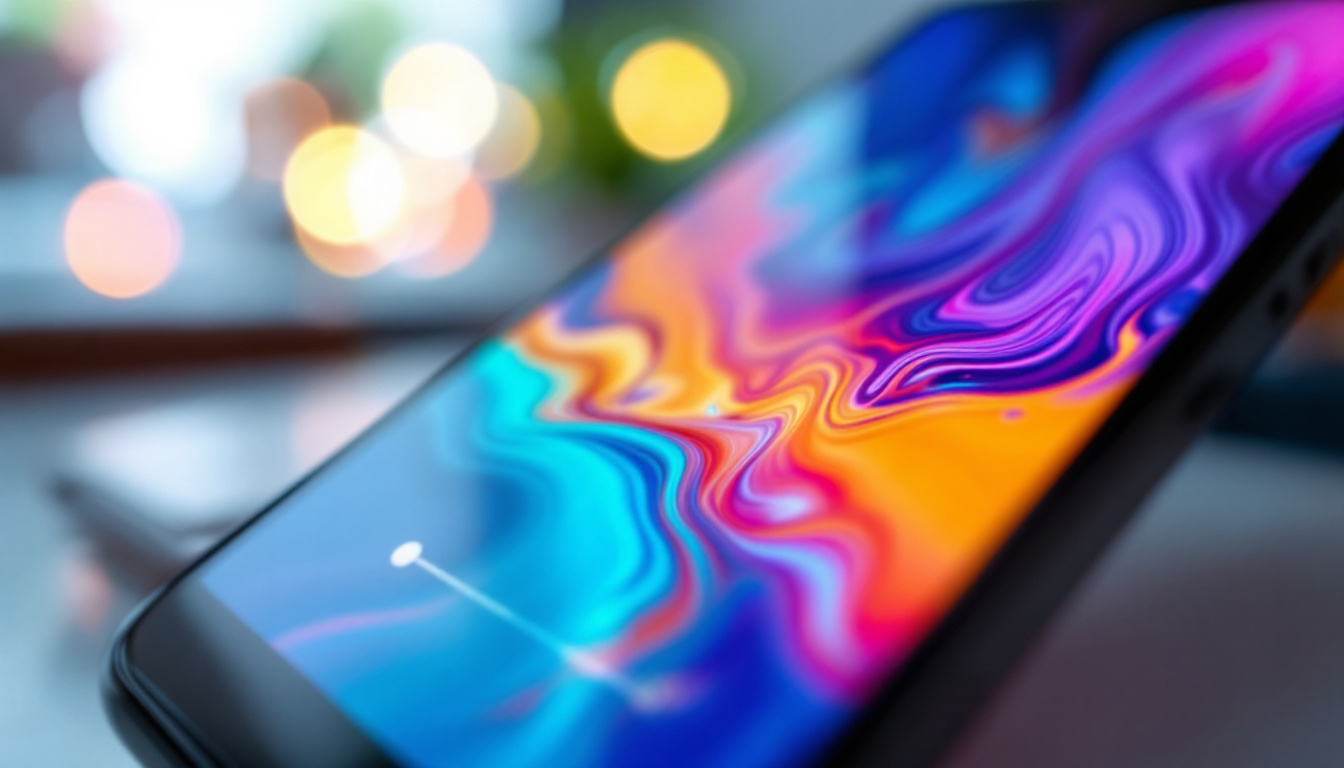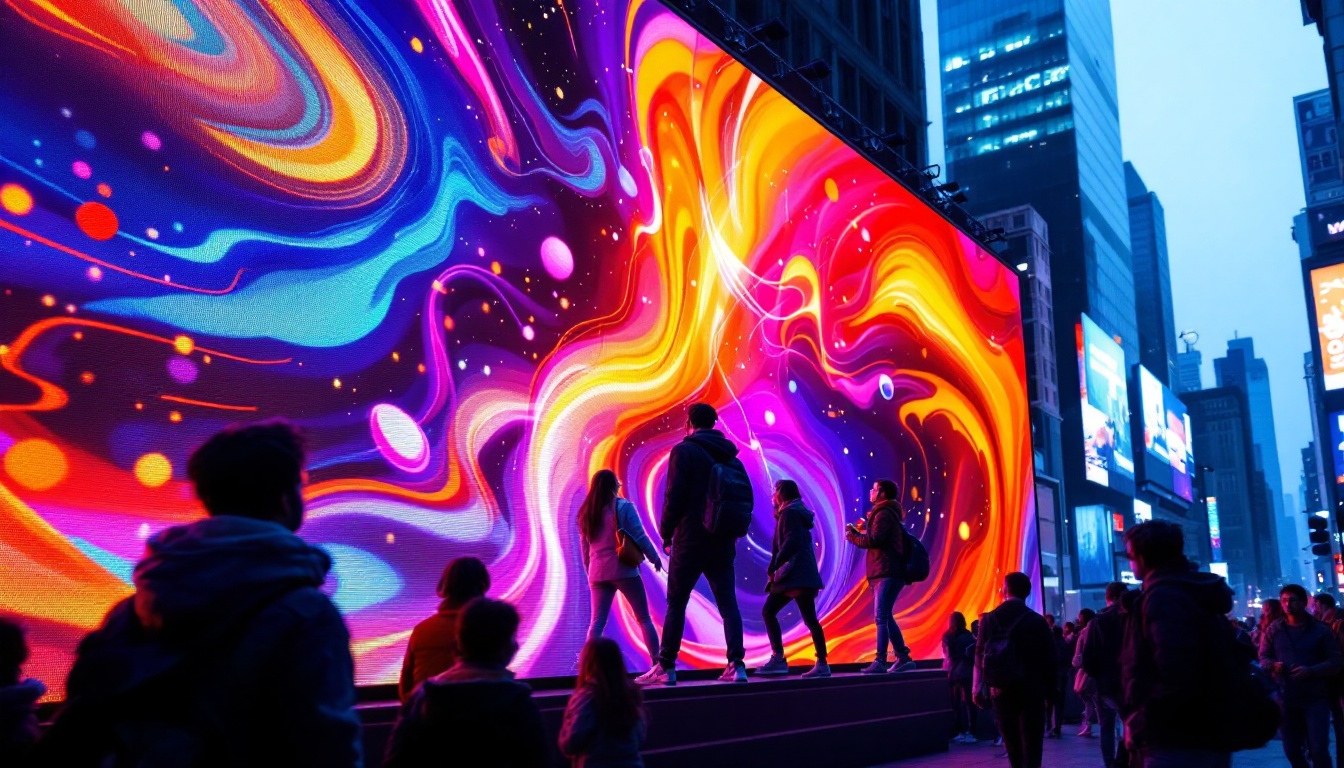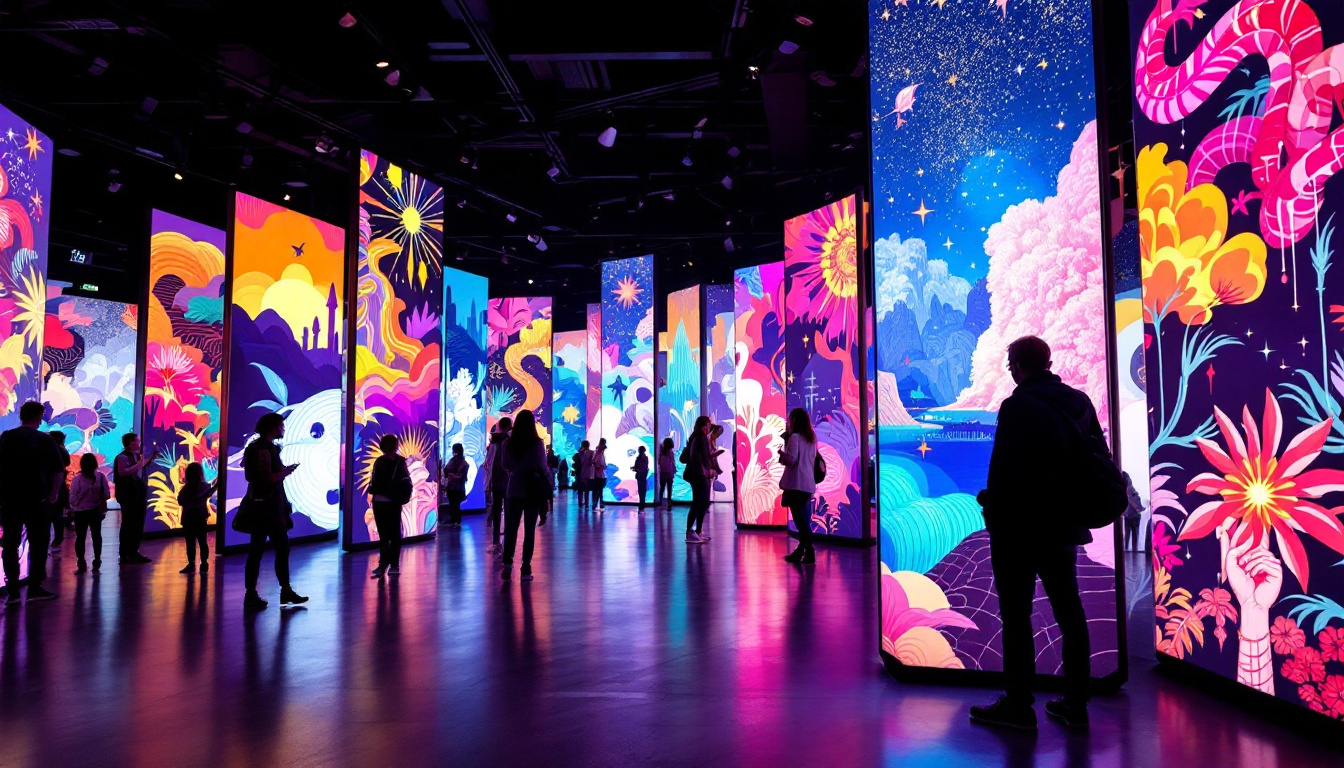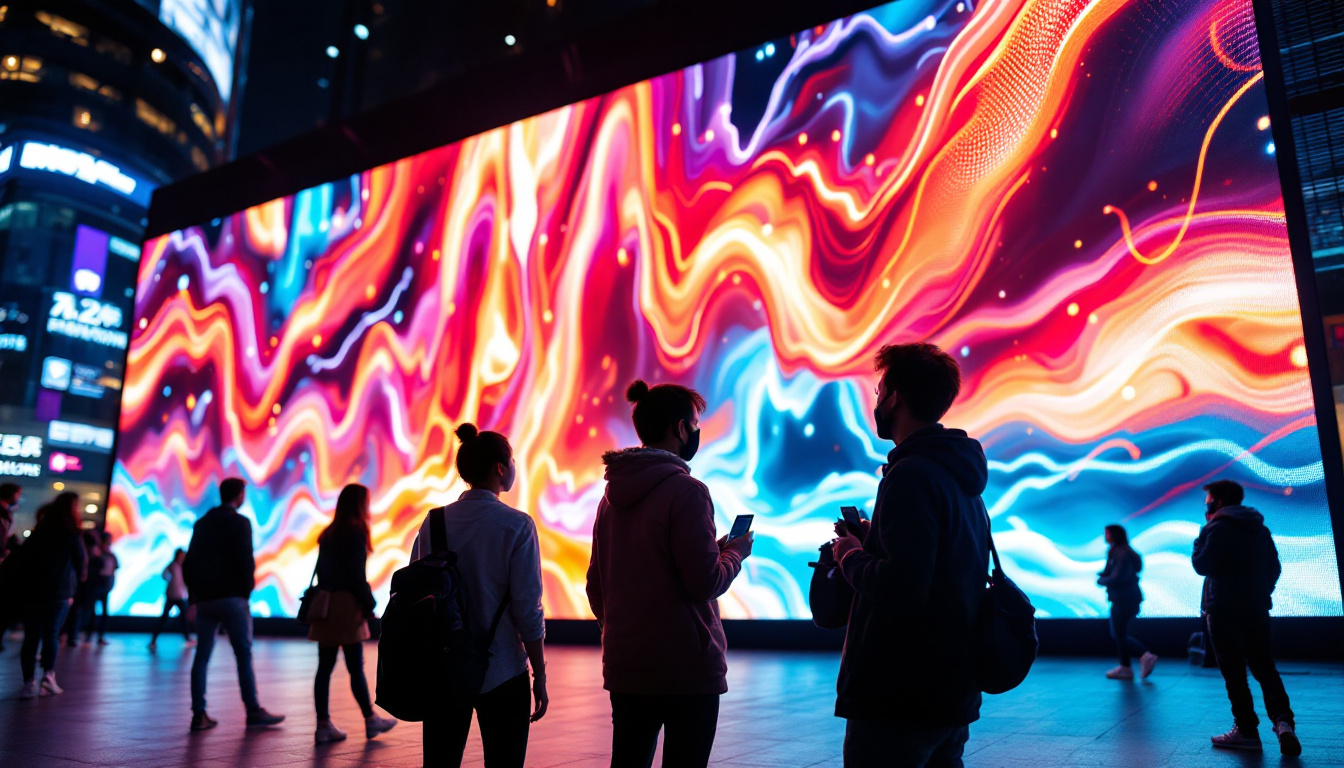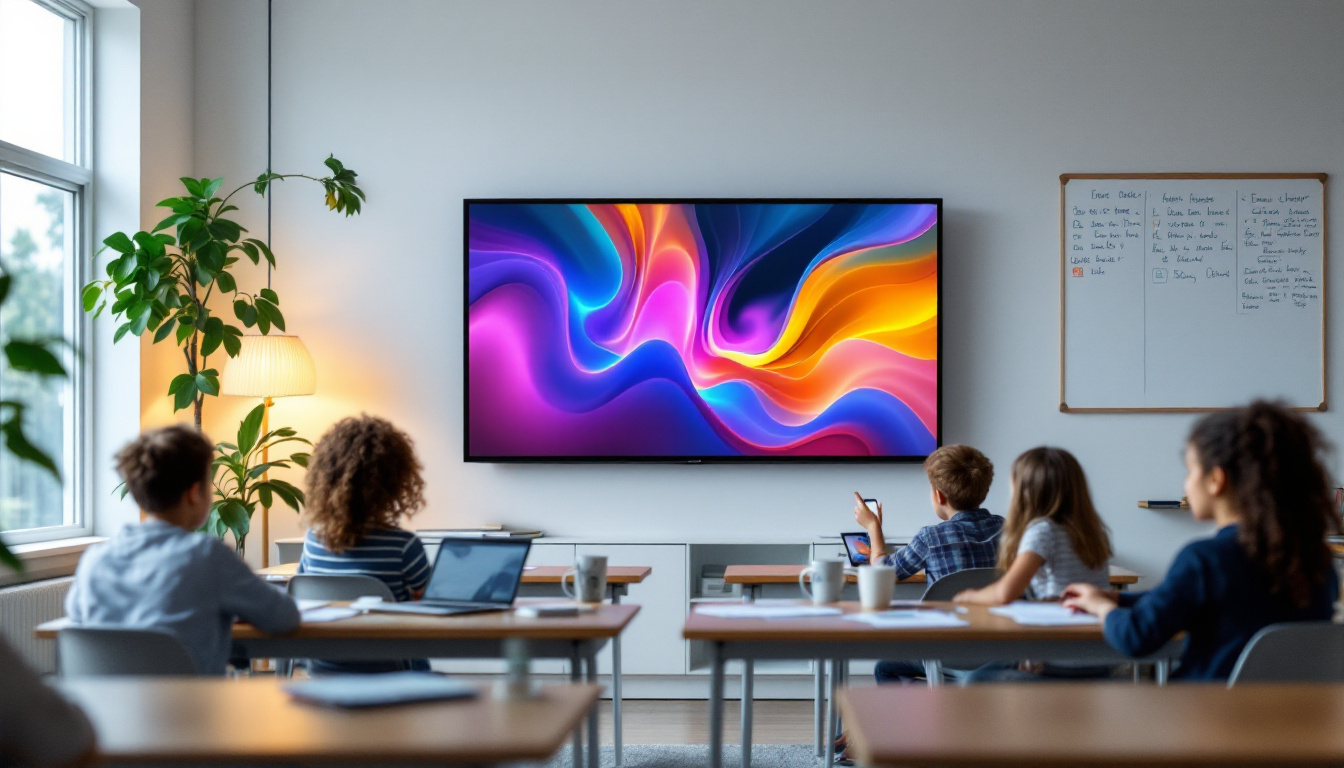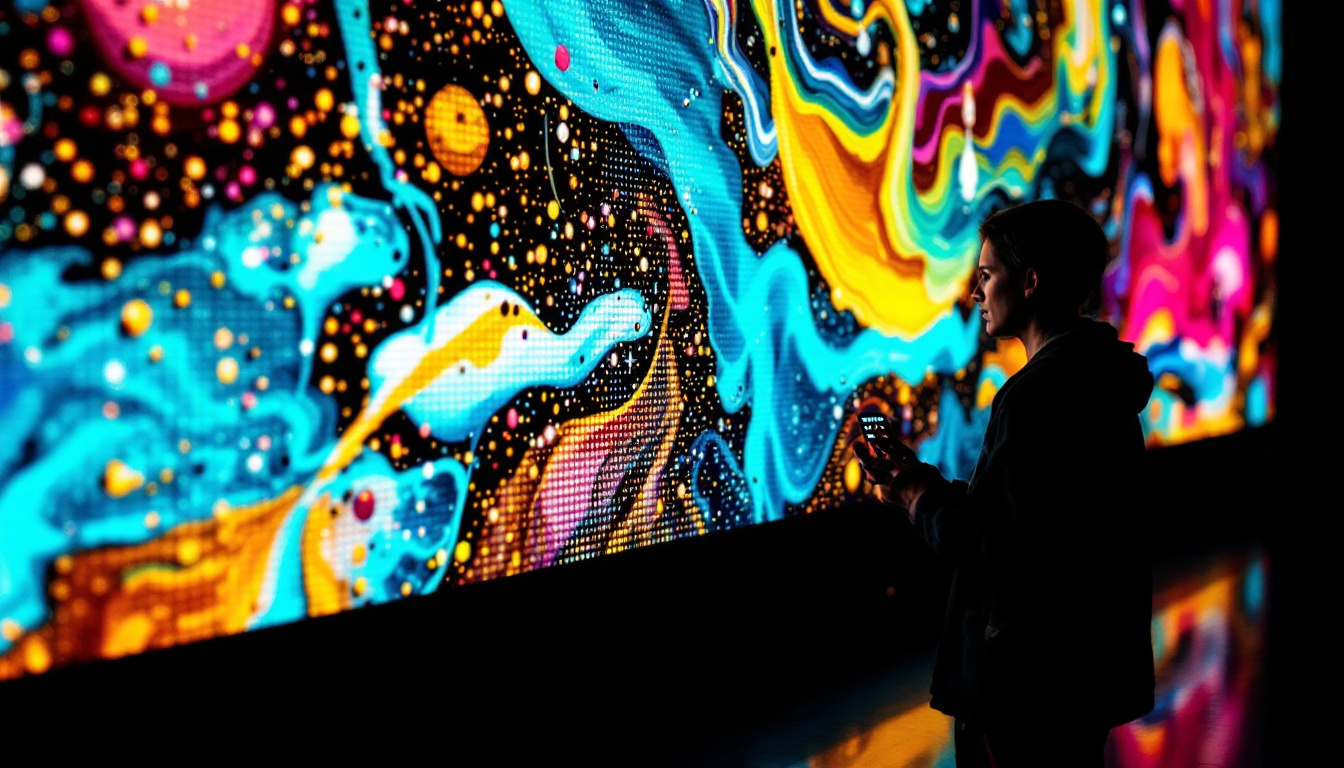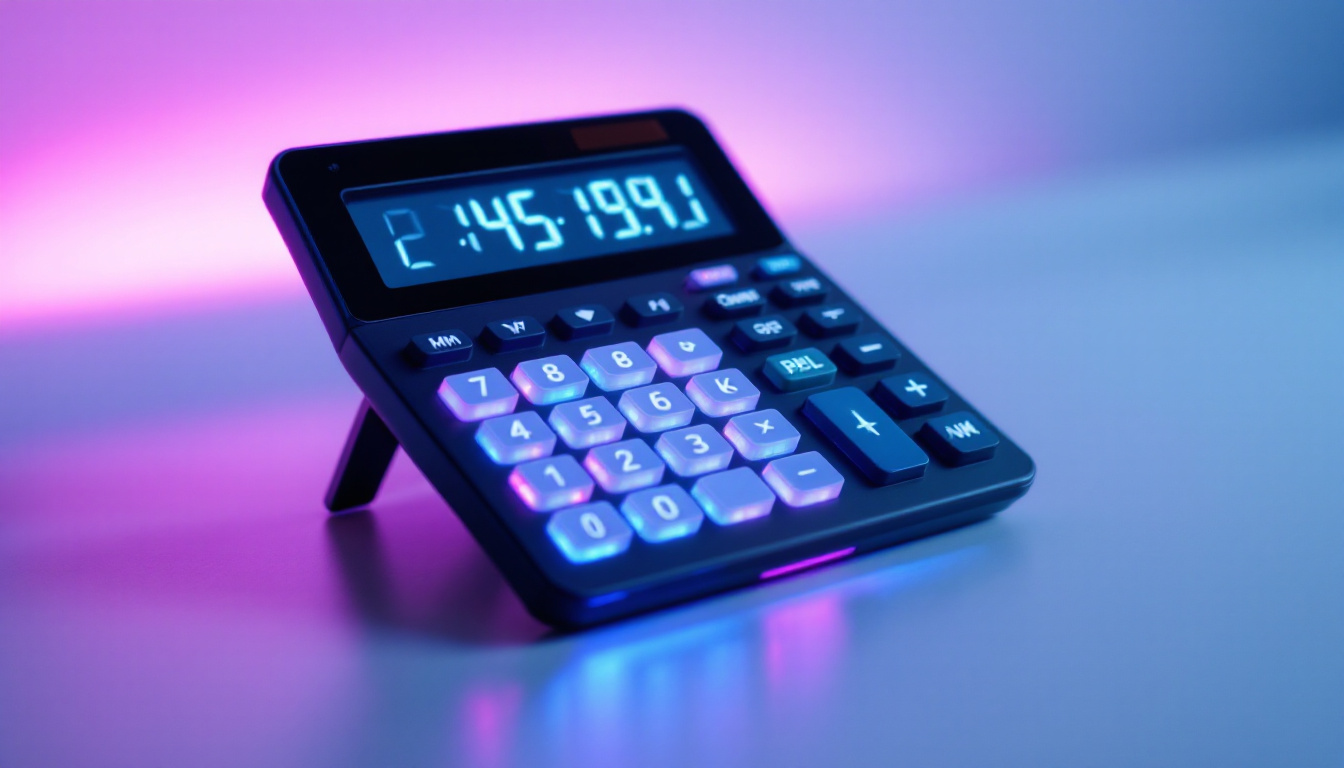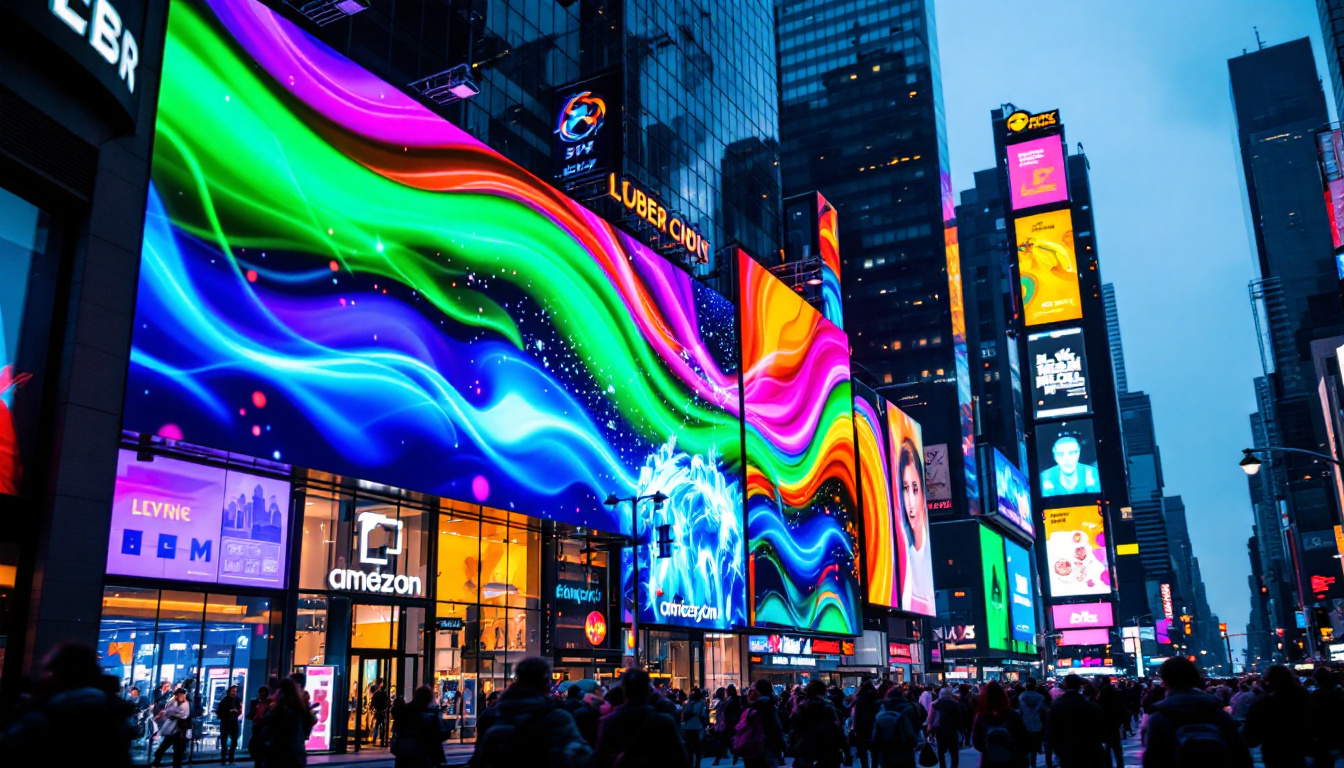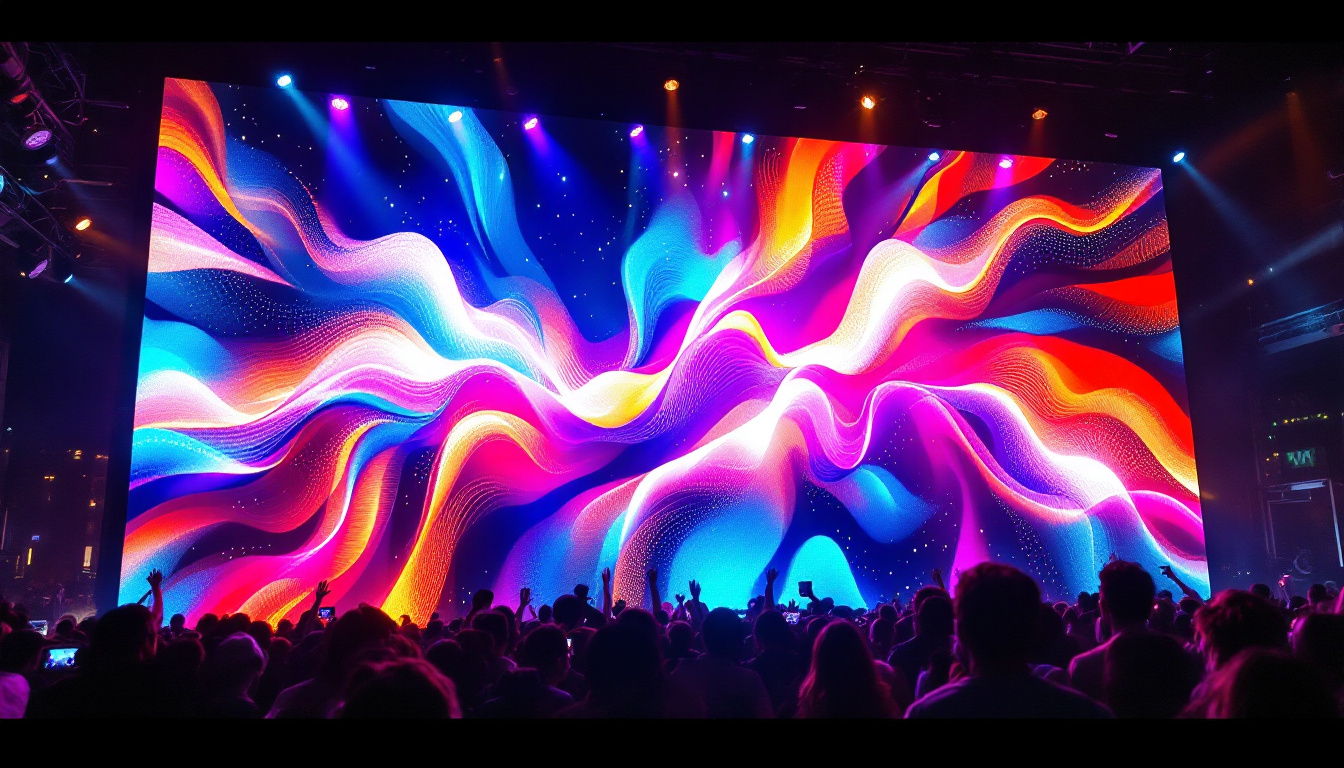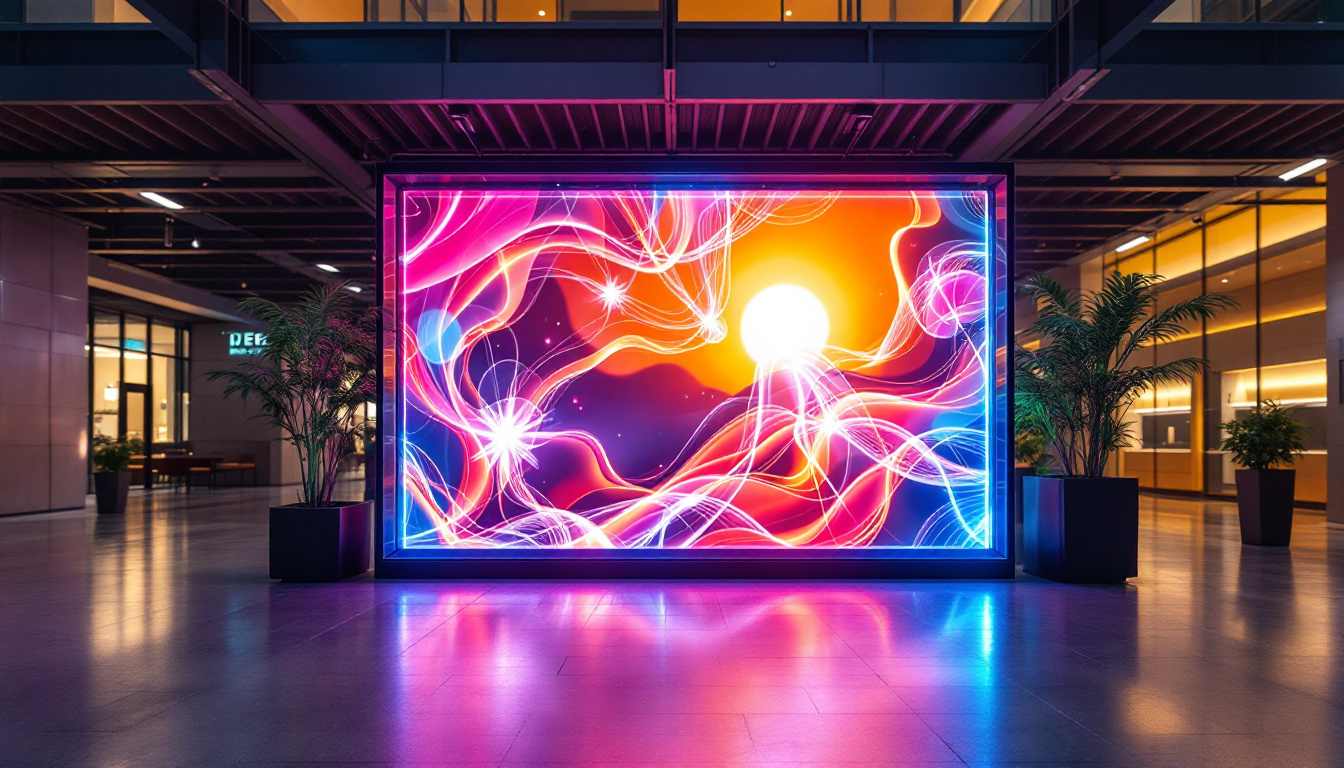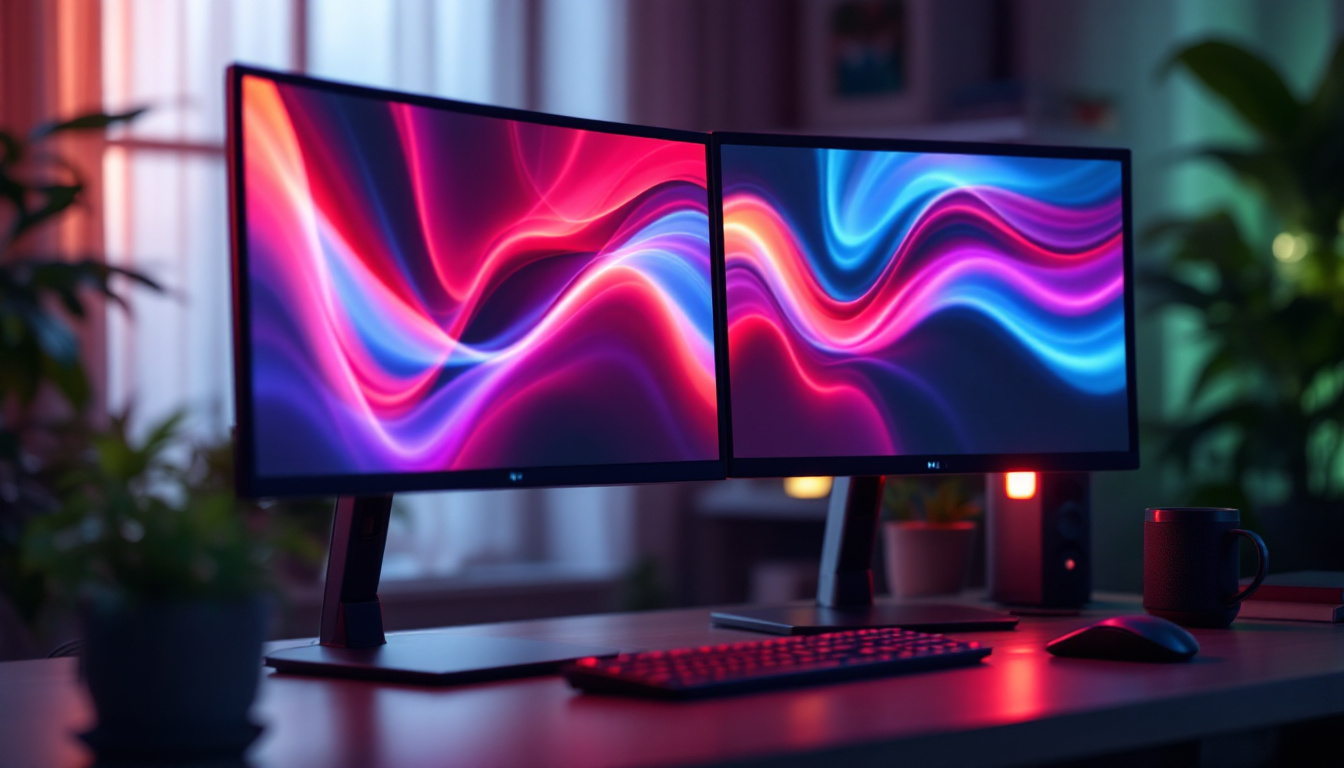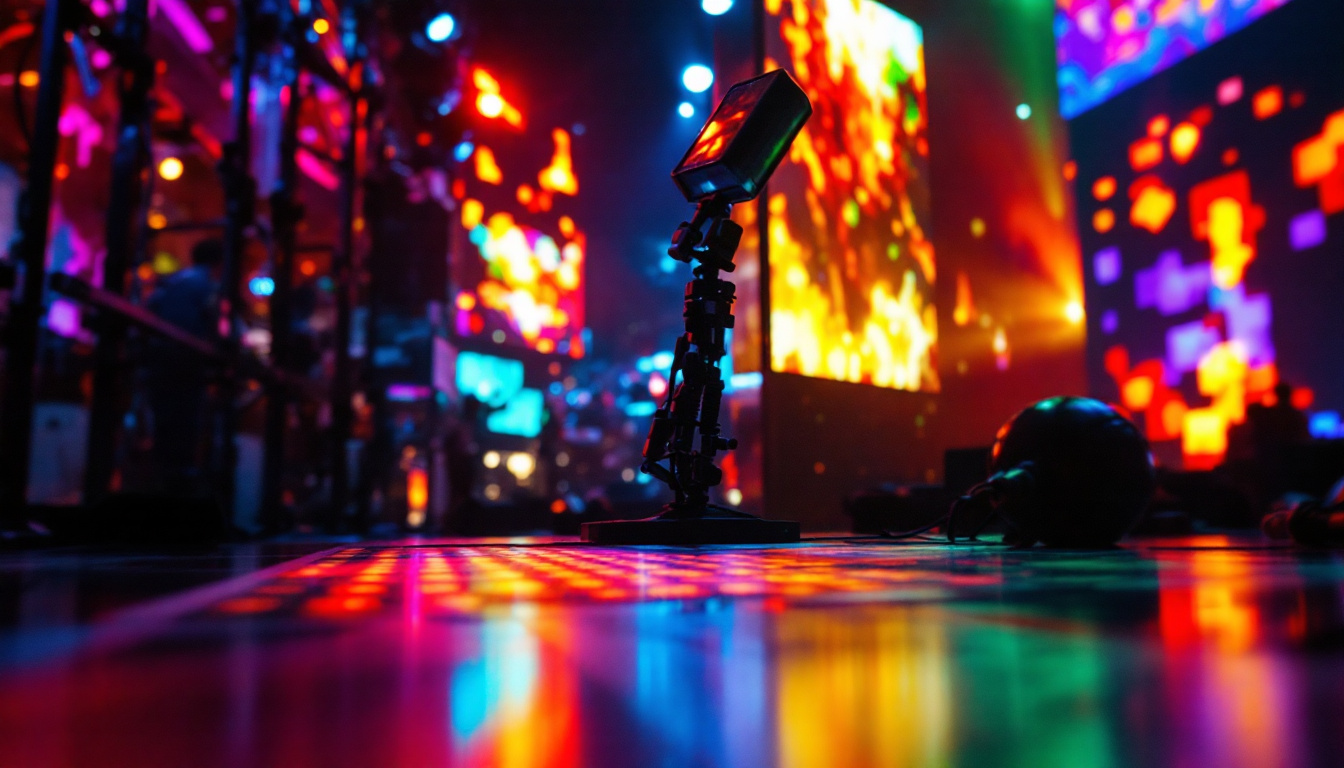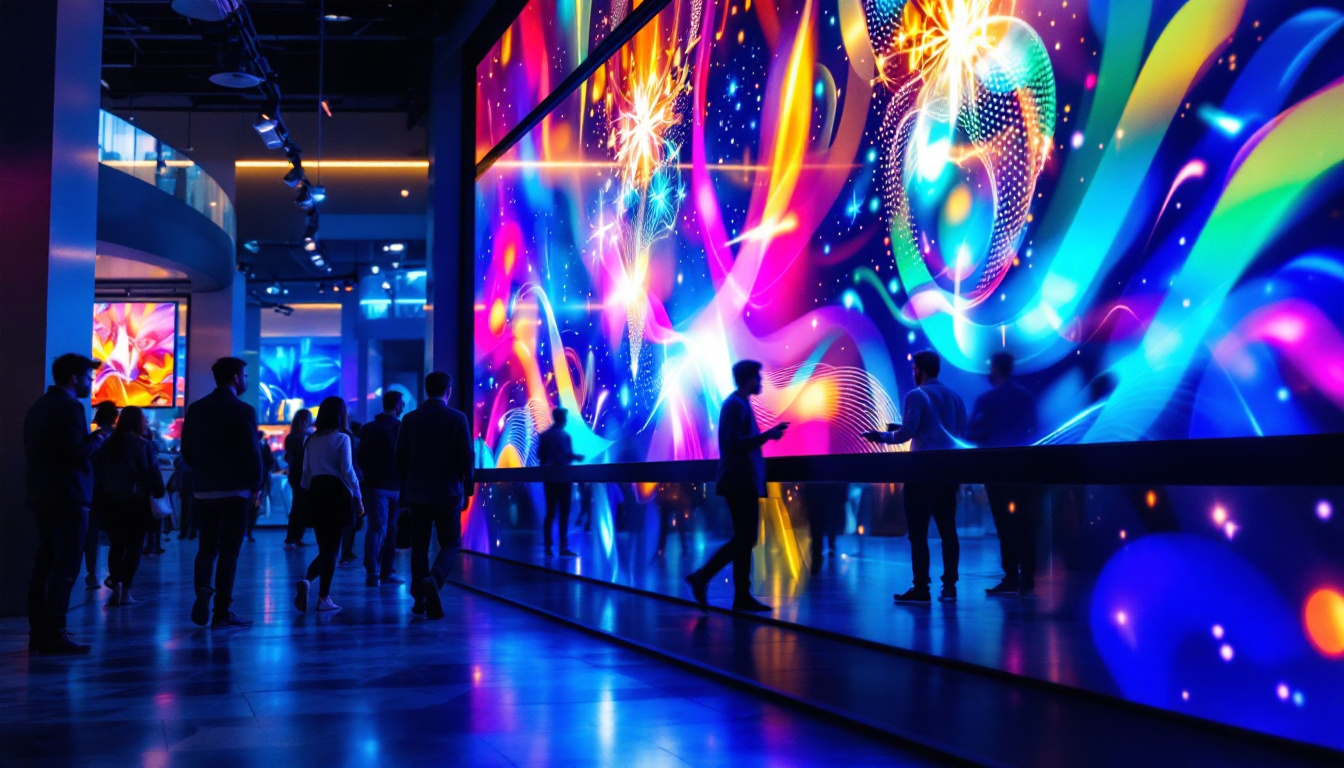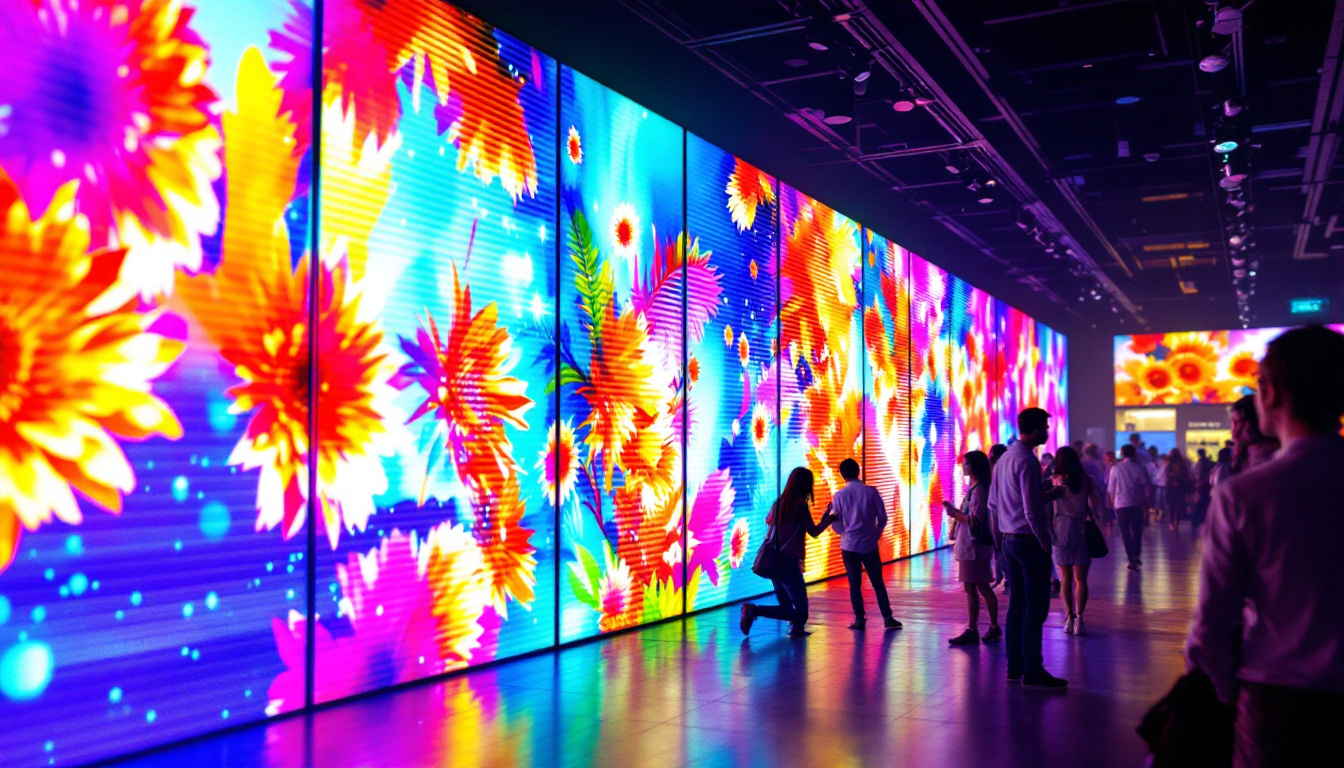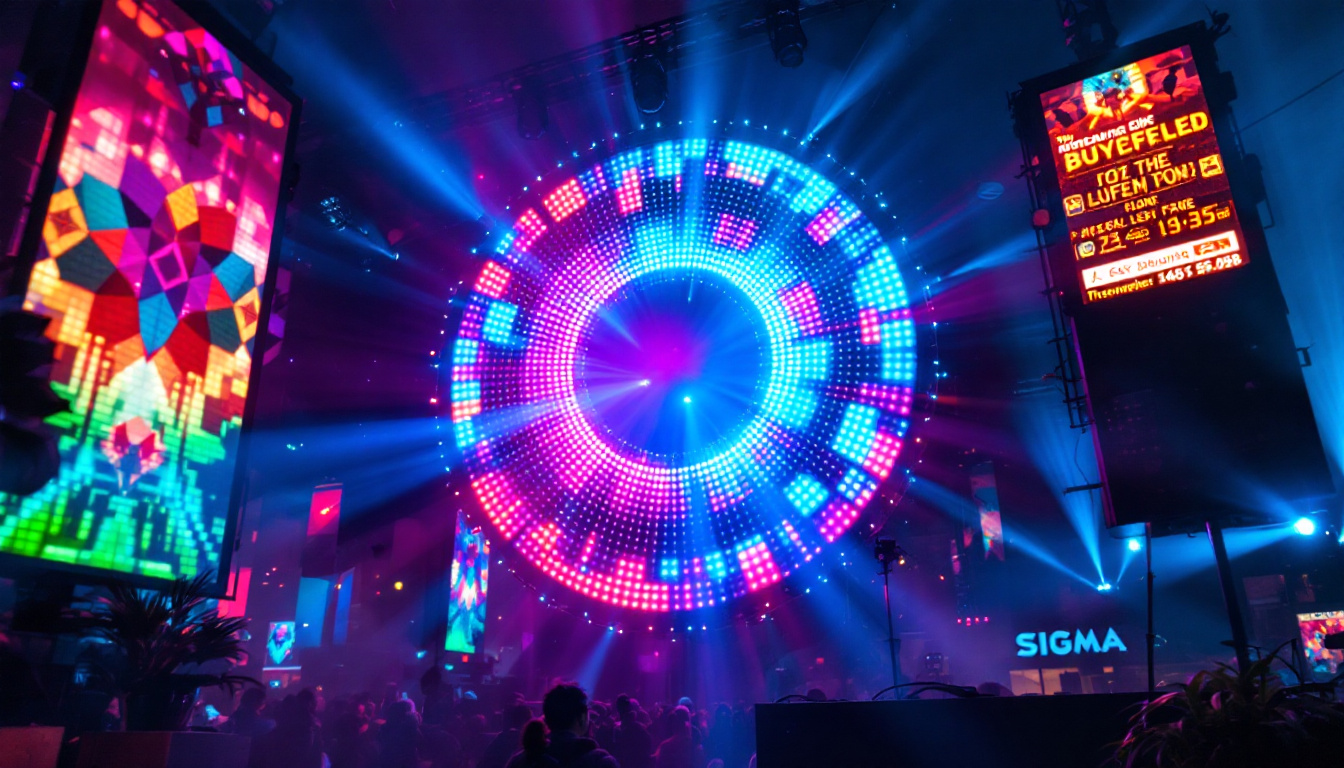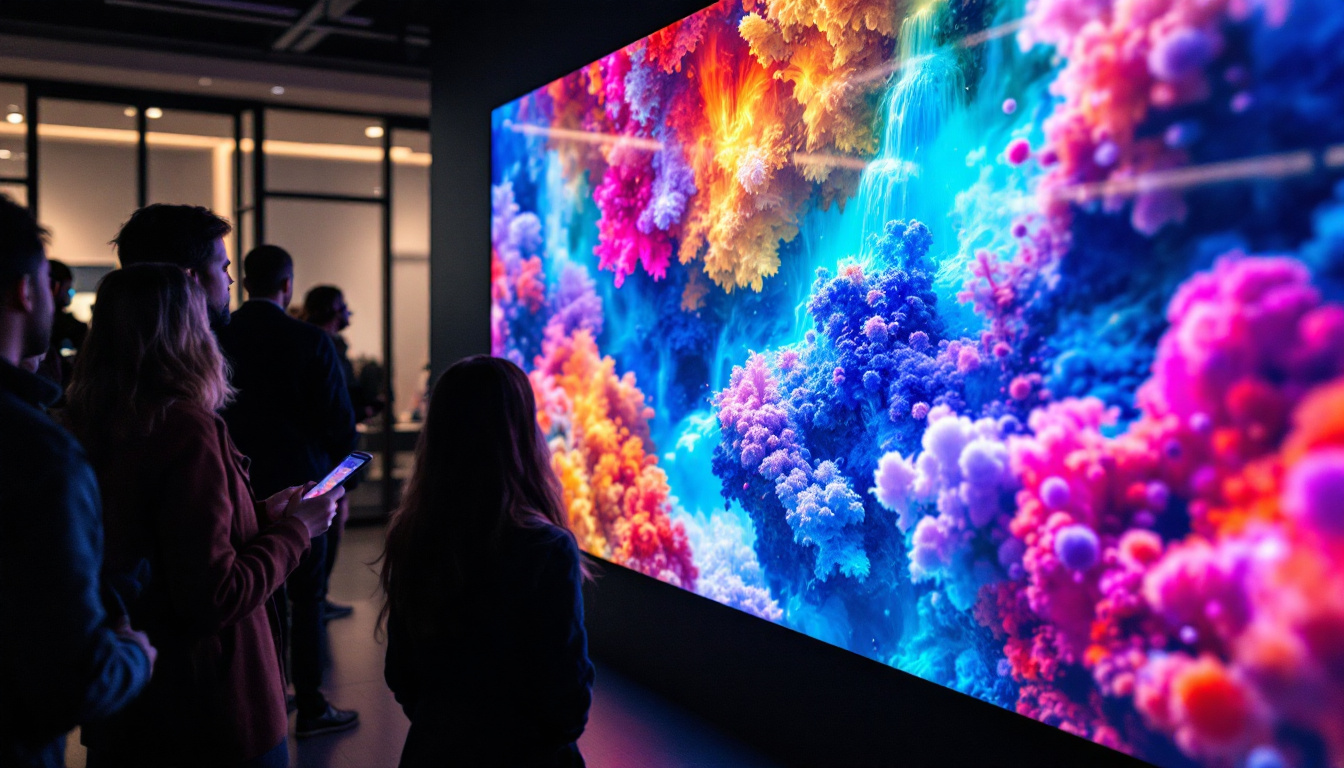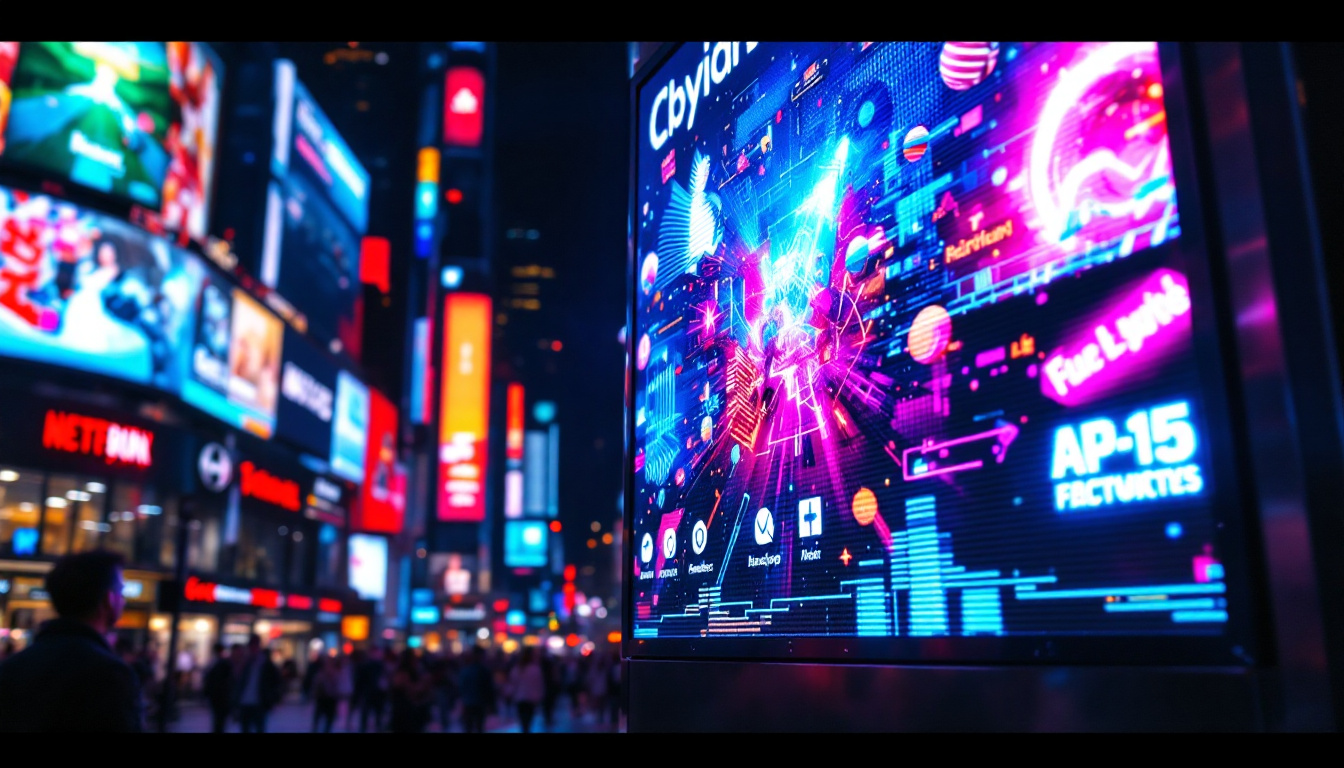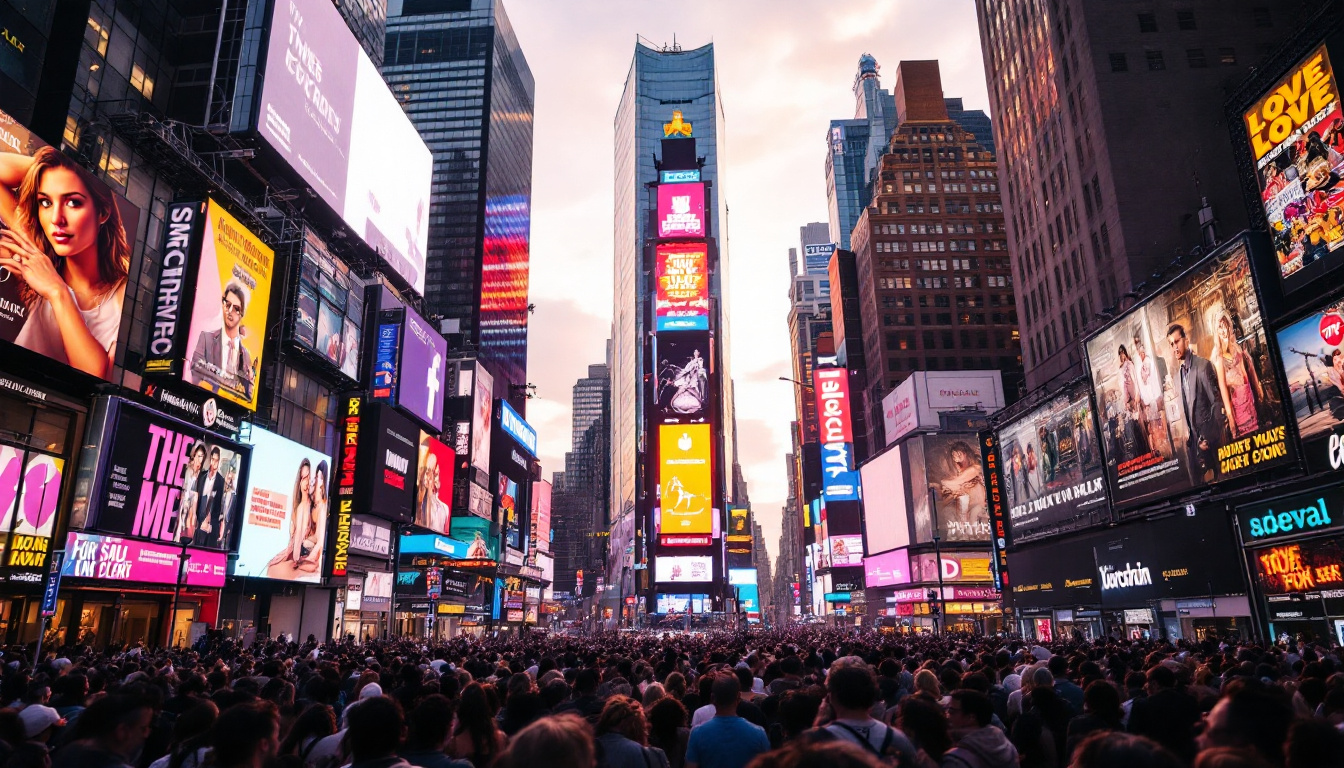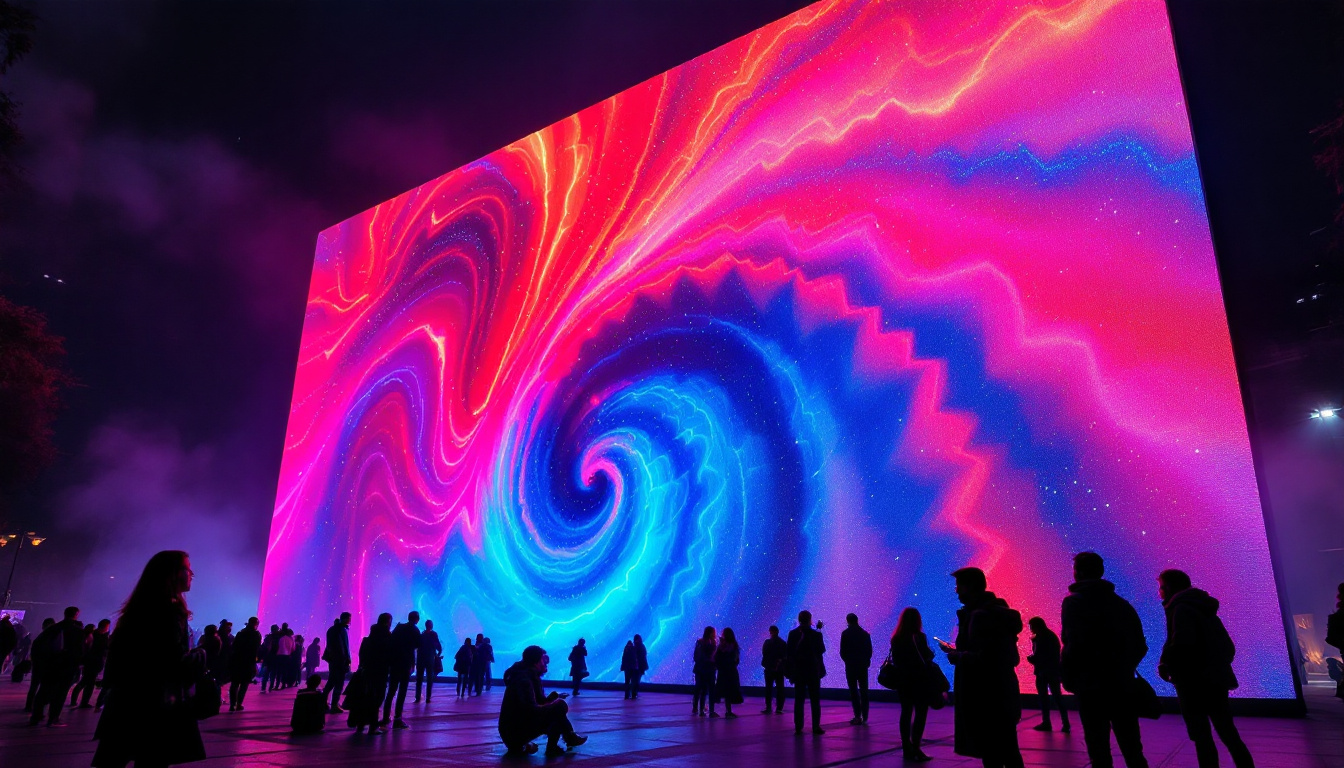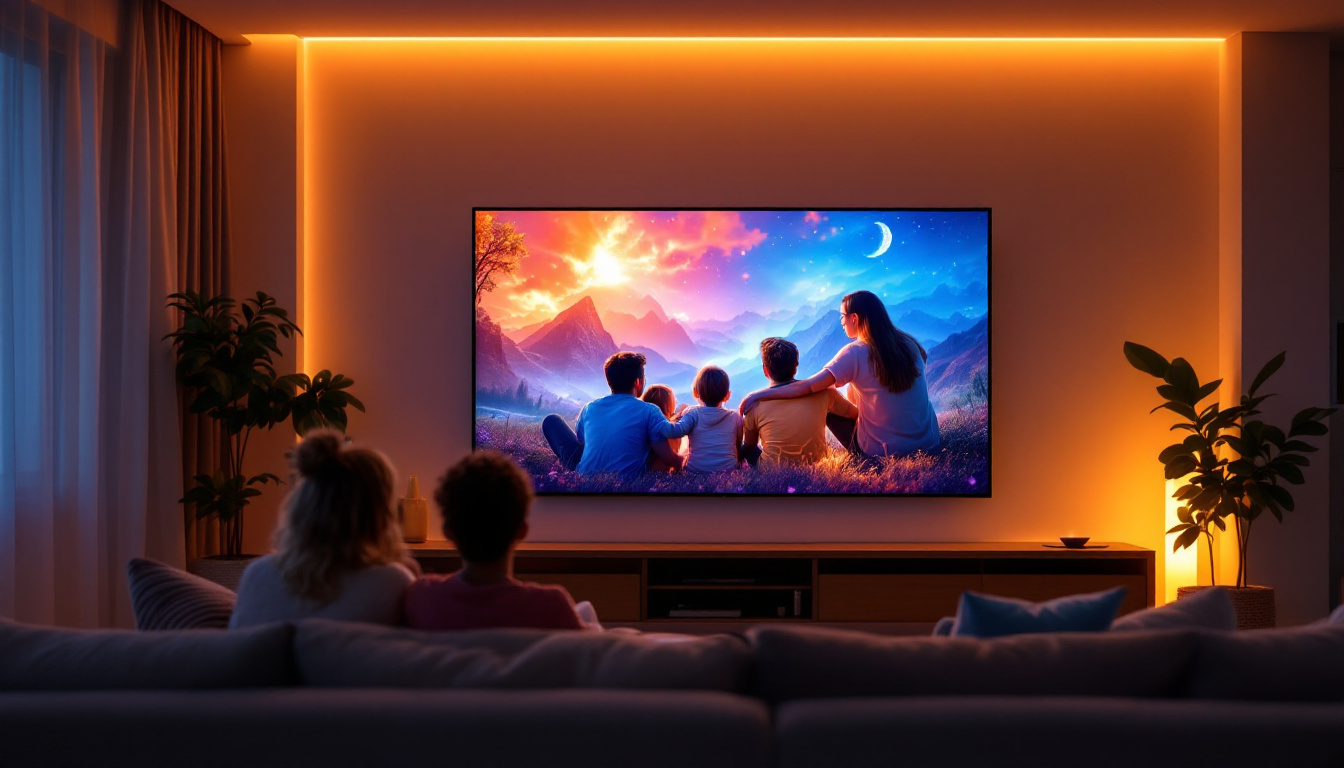In the ever-evolving world of technology, the way we interact with visual displays has undergone a remarkable transformation. One of the most significant advancements in this field is the development of Light Emitting Diode (LED) displays. These displays have become ubiquitous in various applications, from televisions and smartphones to large outdoor billboards. This article delves into the intricacies of LED displays, exploring their functionality, advantages, and diverse applications.
Understanding LED Technology
LED technology represents a significant leap forward in display technology, primarily due to its efficiency and versatility. At its core, an LED display consists of numerous tiny light-emitting diodes that work together to produce images and videos. These diodes emit light when an electric current passes through them, allowing for vibrant colors and sharp images.
How LED Displays Work
The operation of an LED display hinges on the principles of electroluminescence. When electricity flows through the semiconductor material in the LED, it excites the atoms, causing them to release energy in the form of light. By combining different colored LEDs—typically red, green, and blue (RGB)—displays can create a wide spectrum of colors. The intensity of each color can be adjusted to produce various shades and hues, enabling the display of complex images and videos.
Modern LED displays can be categorized into two main types: direct view and backlit. Direct view LED displays are composed of individual LEDs that form the entire image, while backlit displays use LEDs to illuminate a liquid crystal display (LCD) panel. Each type has its own set of advantages, making them suitable for different applications. Direct view displays are often favored for outdoor advertising due to their brightness and visibility in sunlight, while backlit displays are commonly used in televisions and computer monitors for their ability to produce deep blacks and high contrast ratios.
The Components of LED Displays
To fully appreciate how LED displays function, it’s essential to understand their components. Key elements include:
- LED Modules: These are the building blocks of an LED display, consisting of multiple LEDs arranged in a grid. Each module can be controlled independently, allowing for dynamic content display.
- Control Systems: These systems manage the input signals and determine how the LED modules respond. They are crucial for synchronizing the display and ensuring that images are rendered accurately.
- Power Supply: LED displays require a stable power source to function effectively. The power supply must be capable of delivering the necessary voltage and current to all the LEDs.
In addition to these core components, LED displays often incorporate advanced technologies such as image processing and color calibration systems. Image processors enhance the quality of the displayed content by adjusting parameters like brightness, contrast, and color balance in real-time, ensuring that viewers receive the best possible visual experience. Color calibration is particularly important in professional settings, such as broadcasting or digital signage, where consistent color reproduction is critical to maintaining brand integrity and visual appeal.
Moreover, the design and construction of LED displays have evolved significantly over the years. Manufacturers are now focusing on creating thinner, lighter, and more energy-efficient displays that can be seamlessly integrated into various environments. This has led to the emergence of flexible LED screens that can be curved or shaped to fit unique spaces, offering new possibilities for creative installations in art, architecture, and advertising. As technology continues to advance, the future of LED displays promises even more innovative applications and enhancements, further solidifying their place as a cornerstone of modern visual technology.
Advantages of LED Displays
LED displays offer numerous advantages over traditional display technologies, making them a popular choice for various applications. Understanding these benefits can help consumers and businesses make informed decisions when selecting display solutions.
Energy Efficiency
One of the standout features of LED displays is their energy efficiency. Compared to older technologies like cathode ray tubes (CRT) and even traditional LCDs, LED displays consume significantly less power. This efficiency not only reduces electricity costs but also contributes to a lower carbon footprint, making LED technology an environmentally friendly choice.
Brightness and Visibility
LED displays are known for their exceptional brightness, making them suitable for both indoor and outdoor use. The ability to produce vivid colors and high contrast ratios ensures that images remain clear and vibrant, even in direct sunlight. This characteristic makes LED displays ideal for advertising, public information displays, and other applications where visibility is crucial.
Longevity and Durability
Another advantage of LED technology is its longevity. LED displays typically have a lifespan of over 50,000 hours, significantly outlasting traditional display technologies. Additionally, they are more resistant to shock and vibration, making them suitable for use in demanding environments such as stadiums and outdoor venues.
Applications of LED Displays
The versatility of LED displays has led to their widespread adoption across various industries. From entertainment to transportation, these displays have found a place in nearly every sector.
Advertising and Marketing
One of the most prominent applications of LED displays is in advertising and marketing. Digital billboards and signage utilize LED technology to capture the attention of passersby with dynamic content. Advertisers can easily update their messages in real time, allowing for targeted campaigns that can adapt to changing conditions and audiences.
Television and Entertainment
In the realm of entertainment, LED displays have revolutionized the way content is consumed. High-definition LED televisions provide viewers with stunning visuals, while large LED screens are used in concert venues and sports arenas to enhance the audience experience. The ability to display high frame rates and vibrant colors makes LED technology ideal for cinematic experiences.
Transportation and Public Information
LED displays are increasingly used in transportation systems to provide real-time information to passengers. From electronic bus stop signs to flight information displays at airports, these displays ensure that travelers have access to the latest updates. Their durability and visibility make them an essential component of modern transportation infrastructure.
Types of LED Displays
LED displays come in various types, each designed for specific applications and environments. Understanding the differences between these types can aid in selecting the right display for a given purpose.
Indoor LED Displays
Indoor LED displays are designed for use in controlled environments, such as shopping malls, conference centers, and theaters. These displays typically have a higher pixel density, allowing for more detailed images and text. They are often used for advertising, presentations, and entertainment purposes.
Outdoor LED Displays
Outdoor LED displays are built to withstand the elements, featuring weatherproof casings and enhanced brightness to combat sunlight. These displays are commonly found in billboards, sports arenas, and public squares. Their robust construction ensures longevity and reliability, even in harsh weather conditions.
Transparent LED Displays
Transparent LED displays represent a cutting-edge innovation in display technology. These displays allow for visibility through the screen while still showcasing vibrant content. They are often used in retail environments, where they can serve as both advertising tools and architectural features, allowing customers to see products behind the display.
Challenges and Considerations
While LED displays offer numerous benefits, there are also challenges and considerations that users should be aware of when implementing this technology.
Cost
One of the primary challenges associated with LED displays is their initial cost. While prices have decreased over the years, high-quality LED displays can still represent a significant investment. Businesses must weigh the long-term benefits against the upfront costs when considering an LED display solution.
Heat Management
LED displays generate heat during operation, which can affect performance and longevity if not properly managed. Effective heat dissipation systems are essential to ensure that the display operates within safe temperature ranges. This is particularly important for large outdoor displays that may be exposed to direct sunlight for extended periods.
Content Management
Managing content on LED displays can be complex, especially for large-scale installations. Businesses must have a robust content management system in place to ensure that updates are timely and relevant. This requires careful planning and coordination, particularly for dynamic advertising campaigns that change frequently.
The Future of LED Display Technology
The future of LED display technology is bright, with ongoing advancements promising to enhance performance and expand applications. Innovations such as flexible displays, improved energy efficiency, and higher resolutions are on the horizon.
Flexible and Foldable Displays
One of the most exciting developments in LED technology is the emergence of flexible and foldable displays. These displays can be bent or shaped to fit various surfaces, opening up new possibilities for creative applications in advertising, architecture, and personal devices. This adaptability could lead to more immersive experiences and innovative designs.
Higher Resolutions and Pixel Density
As technology continues to advance, the demand for higher resolutions and pixel density in LED displays is growing. This trend is driven by the need for more detailed and lifelike images, particularly in applications such as virtual reality and augmented reality. Future LED displays may feature even smaller pixels, resulting in sharper images and improved viewing experiences.
Integration with Smart Technology
The integration of LED displays with smart technology is another area of growth. As the Internet of Things (IoT) continues to expand, LED displays will increasingly be connected to networks, enabling real-time data updates and interactive features. This connectivity will enhance user engagement and provide new opportunities for businesses to connect with their audiences.
Conclusion
LED displays have transformed the way we experience visual content, offering unparalleled brightness, energy efficiency, and versatility. From advertising and entertainment to transportation and public information, the applications of LED technology are vast and varied. As advancements continue to shape the future of this technology, LED displays will undoubtedly play a crucial role in how information is communicated and consumed.
Understanding the intricacies of LED displays, their advantages, and their diverse applications is essential for anyone looking to leverage this technology effectively. Whether for personal use or business applications, the impact of LED displays is profound, and their potential is only beginning to be realized.
Explore the Future of Visual Technology with LumenMatrix
Ready to elevate your visual experience with the latest in LED display technology? LumenMatrix is at the forefront of innovation, offering a wide array of LED display solutions tailored to your needs. From dynamic Indoor LED Walls to captivating Outdoor LED Displays, and from versatile Vehicle LED Displays to sleek LED Poster Displays, our products are designed to make your brand stand out. Discover the power of LED Sports Displays, interactive Floor LED Displays, and the creativity of Custom LED Displays. Embrace the revolution in visual communication with our All-in-One and Transparent LED Displays. Don’t just share your message—make an unforgettable impact. Check out LumenMatrix LED Display Solutions today and transform how you connect with your audience.

